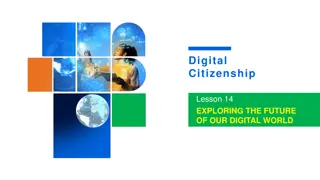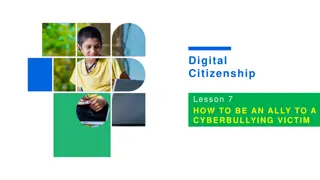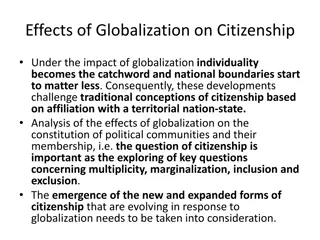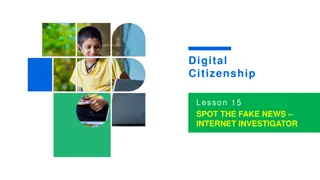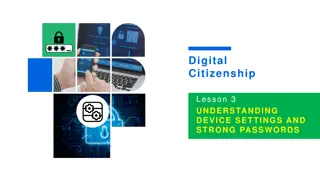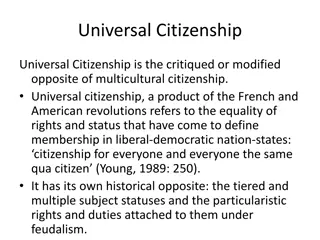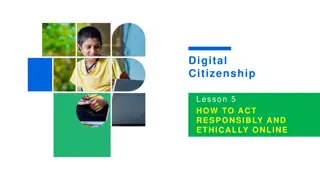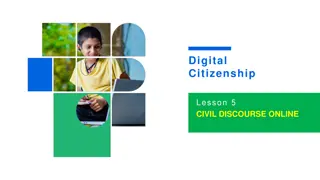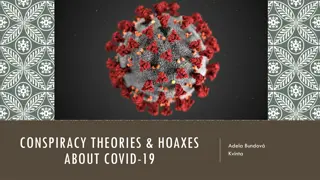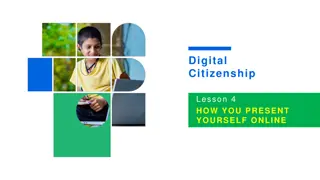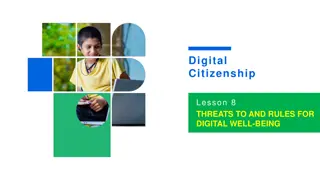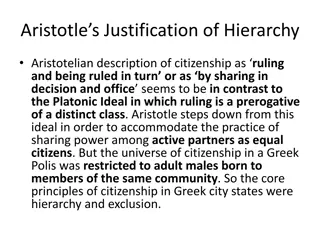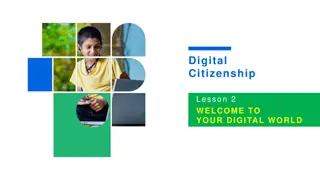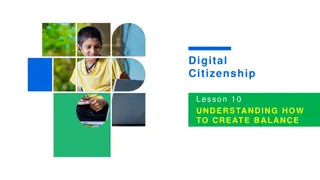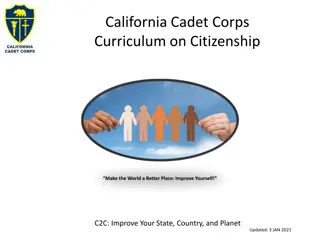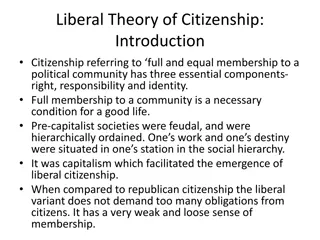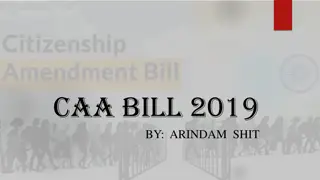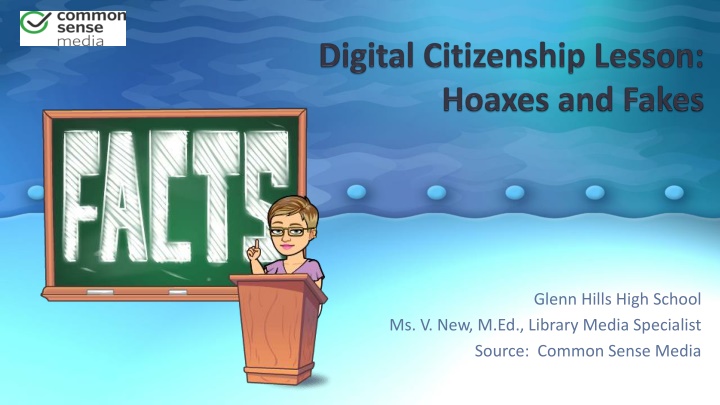
Combating Misinformation Online
Explore the dangers of misinformation online, learn how to verify information using lateral reading, and discover the consequences of spreading fake videos and news stories. Gain insights into the key vocabulary surrounding disinformation and its impact on society. Stay informed and vigilant to avoid being misled by false information.
Download Presentation

Please find below an Image/Link to download the presentation.
The content on the website is provided AS IS for your information and personal use only. It may not be sold, licensed, or shared on other websites without obtaining consent from the author. If you encounter any issues during the download, it is possible that the publisher has removed the file from their server.
You are allowed to download the files provided on this website for personal or commercial use, subject to the condition that they are used lawfully. All files are the property of their respective owners.
The content on the website is provided AS IS for your information and personal use only. It may not be sold, licensed, or shared on other websites without obtaining consent from the author.
E N D
Presentation Transcript
Glenn Hills High School Ms. V. New, M.Ed., Library Media Specialist Source: Common Sense Media
Essential Question How can you avoid being fooled by fake videos and other information online?
Learning Objectives Define "misinformation" and explore the consequences of spreading misinformation online. Learn how to use lateral reading as a strategy to verify the accuracy of information online. Apply lateral reading to examples of questionable videos to determine their accuracy.
Pig Rescues Baby Goat Did you ever see the amazing story of the pig who saved a baby goat from drowning? How does this story make you feel?
Petting Zoo Hero Now, lets watch an amazing story that was captured on video! How do you feel now knowing this video is fake? As you can see, the comedian Nathan Fielder shows how easy it is to make a fake video that could potentially go viral.
Key Vocabulary The video you just watched is an example of disinformation false or inaccurate information intended to deceive If youshared this video or other information that is false, even if you don't intend to deceive anyone, you are sharing misinformation false or inaccurate information, especially that which is intended to deceive. Social media and the internet make it easy to share disinformation and misinformation.
Connecting To Real Life Though the video we watched is an example of disinformation, it is just meant to be funny and to make people laugh. However, what if it was something more serious, like a fake news story or false information about an important event, like a natural disaster or a pandemic or an election? What ramifications might that have? Disinformation and misinformation can have big consequences. It can: increase tension and anger between groups of people. damage individuals' or groups' reputations. affect the outcomes of elections.
Key Vocabulary Lateral Reading A method of determining credibility of online information in which you open multiple tabs to search for other information to validate the site s claims. There's so much information out there, and we're consuming it so fast. It's easy to get duped. Today we're going to practice a strategy that will help you tell misinformation from credible information, whether it's fake videos or other questionable information you encounter.
Read Laterally For Accuracy Watch the Crash Course video excerpt and answer the video questions as you go. If you re in a group, you can share notes and responses. What does Green mean when he says information does not just appear on the Internet? What is the first question John says we must ask ourselves about things we see online? Why is reading a website vertically not a great way to determine reliable information? What is lateral reading, and why is it more effective than vertical reading to determine reliable information? Where should you go when you read laterally?
Key Vocabulary Corroboration additional source(s) that confirm or support the claims of a news story, article, or piece of information.
Snowboarder Girl Chased By Bear Using lateral reading, determine whether this video is a hoax. Using the chart on the next slide, provide corroboration from trustworthy resourcesyou can find. (This means you might not record every source you look at.) Be sure to avoid ads, sponsored links, and opinion pieces in your lateral reading. If you re in a group, each group member can select a different resource to explore.
Using Lateral Reading Corroborating Source (link or citation) Evidence (1-2 ideas of how the source validates or debunks) I determine the information in the video is : _____a hoax _____real, because_______________________.



